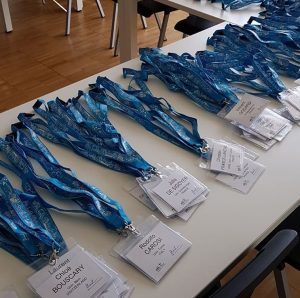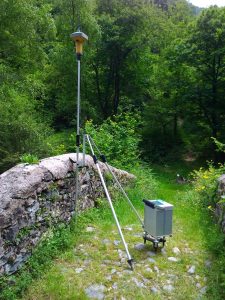Magnitudes of differential stress in the lithosphere, especially in the crust, are still disputed. Our recent work addressing this topic with numerical modelling and geophysical data from the field has just been accepted at Geophysical Journal International:
Schmalholz SM, Duretz T, Hetényi G, Medvedev S (2019) Distribution and magnitude of stress due to lateral variation of gravitational potential energy between Indian lowland and Tibetan plateau. (weblink)


